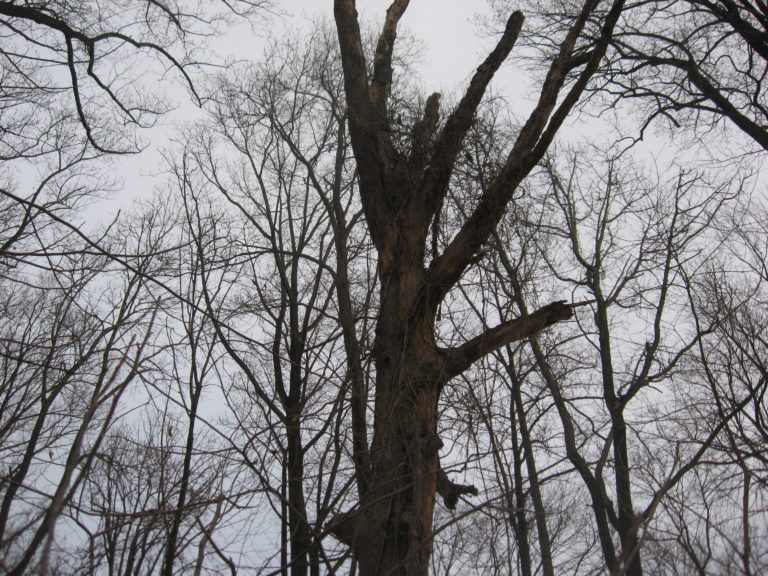
Felling Dead Trees: Listen and Watch Out
By Nathan Stanford, Forest Safety Instruction, Wisconsin Dells, WI Standing dead trees are coveted by landowners for firewood. But they are also one of the…

By Nathan Stanford, Forest Safety Instruction, Wisconsin Dells, WI Standing dead trees are coveted by landowners for firewood. But they are also one of the…
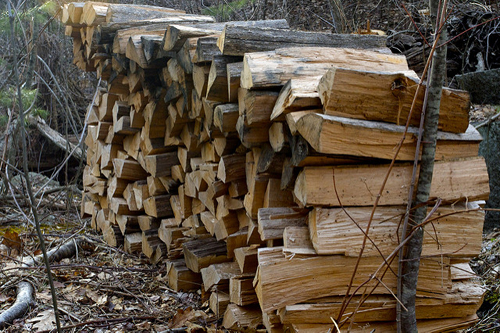
Firewood does more for Doug and Laurie than heat their house all winter. “I’m not cutting firewood, just to cut firewood,” asserts Doug. “There is…

The chain on your saw moves at 70 mph! This speed makes the chainsaw one of the most efficient and effective hand tools that a landowner…
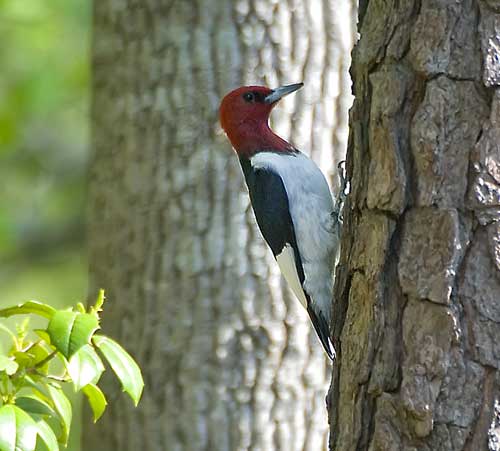
By Yoyi Steele, Former Important Bird Area WI Program Coordinator Red-headed woodpeckers are unmistakable with their deep red heads, black backs, and white wings. Alexander…
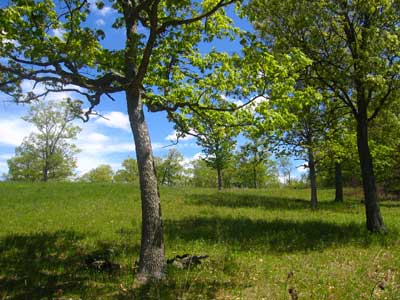
“If you build it, they will come,” said a voice in Ray’s head from the movie Field of Dreams. The voice led Ray to build…
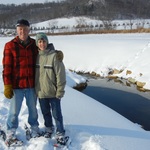
Shortly after joining the Richland Center police force 30 years ago, John Annear and his wife Kim started looking for a place in the country…
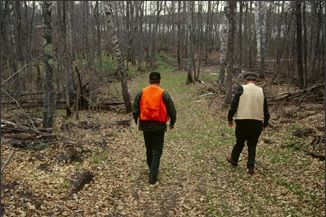
“We wanted a piece of Wisconsin for our family to enjoy. We also intend to make it better.” Barry and Susan Ottmann live in McFarland,…
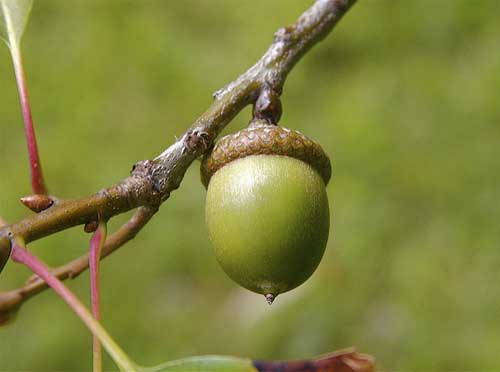
Do you know the differences between the acorns of red and white oak? Red oak acorns have more of everything: more hairs on the shell;…
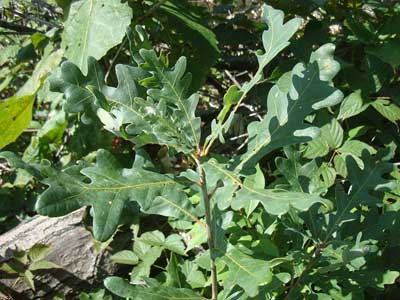
By Bill Kiser, Wildlife Biologist, US Fish and Wildlife Service, Partners for Fish and Wildlife Program For plants, it’s all about sunlight: Where sunlight hits,…
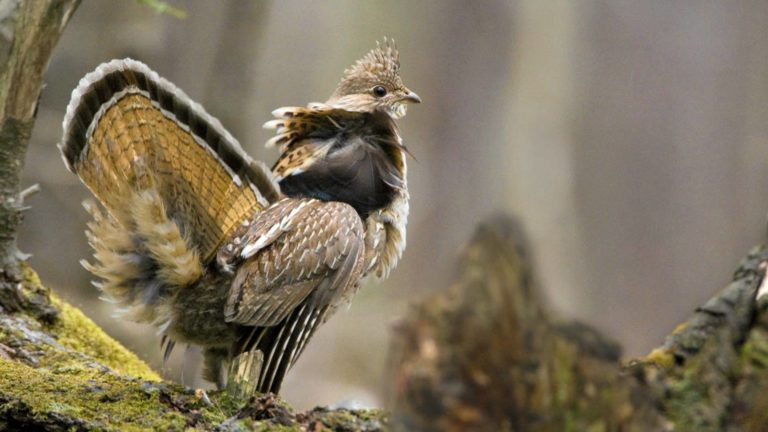
Each spring during mating season, male grouse claim their territory by “drumming” to attract females and fend off other males. Males will frequent the same…
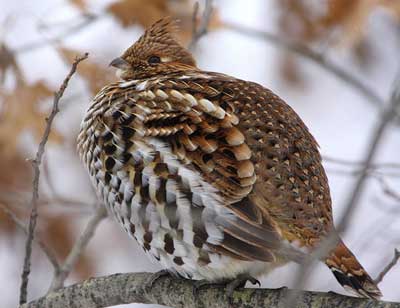
Like a canary in the coal mine, grouse tell us something about the habitat. Miners knew, if the canary stayed alive, there was enough fresh,…
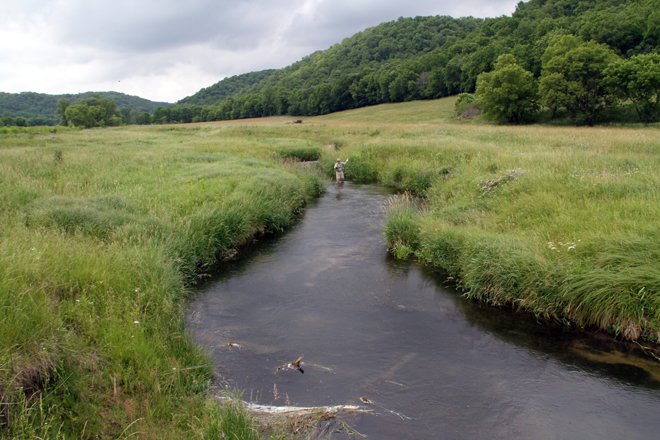
If you picked stream banks lined with grasses you’re right! Grasses provide superior bank stabilization. A single grass plant has hundreds of fine, fibrous roots,…
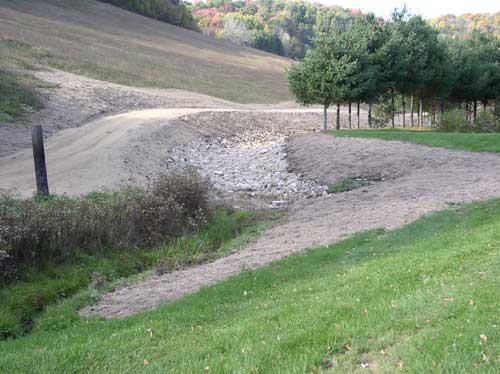
The Weigandts learned, if you lead steers to water, they’ll drink. David and Susan Weigandt, Richland County landowners, annually pasture 20-30 head of black angus.…
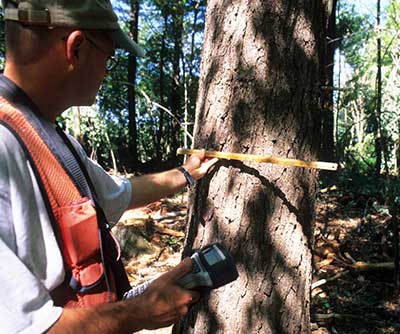
By Paul Dietmann, Market Specialist, Badgerland Financial Investments deliver annual rates of return; trees do the same. Here’s an example: An S&P investment over the…

“Financial viability of our property, the cropland and woodland alike, is important to my siblings and me,” says Doug Duren, a Richland County landowner. His…
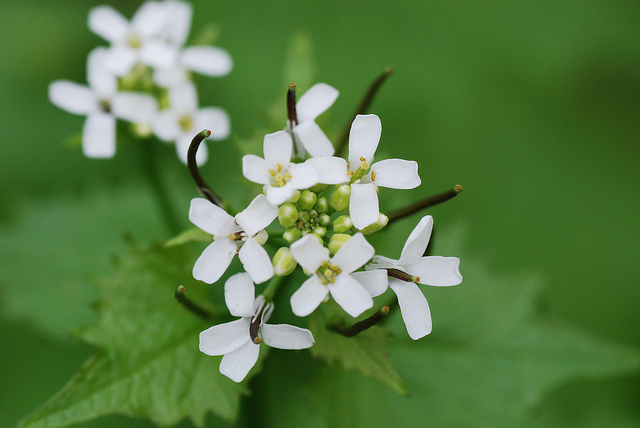
By Steve Swenson, Ecologist, Aldo Leopold Foundation A successful garlic mustard control program is both preventative (i.e., identifies new populations) and curative (i.e., controls known…
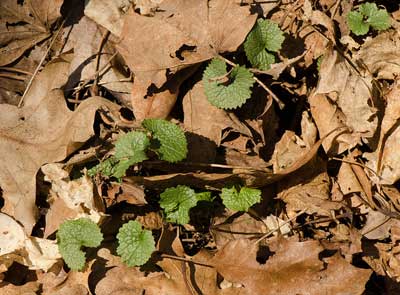
Every spring, hope and uncertainty unfurl their green leaves. After our stubborn winter, a spring wildflower’s resolve to emerge is hope. Landowners beware, though, uncertainty also…
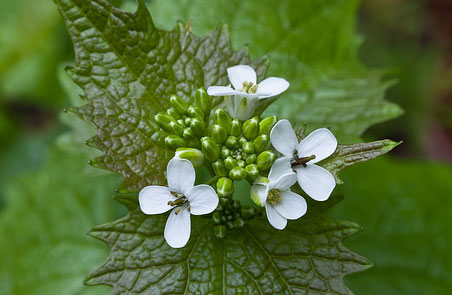
Plant identification is generally easy when you know the combination of leaf shape and leaf edge, also called leaf margin. For example, the three species…
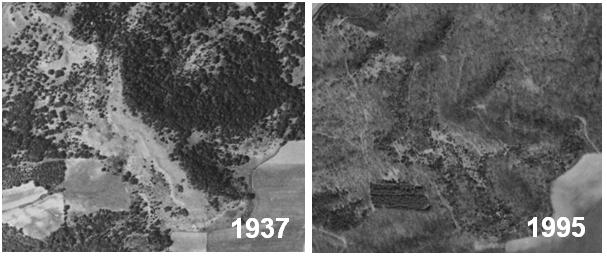
Air photos have been taken periodically of Wisconsin, starting in the late 1930s and continuing through today. You may be able to pull together a…
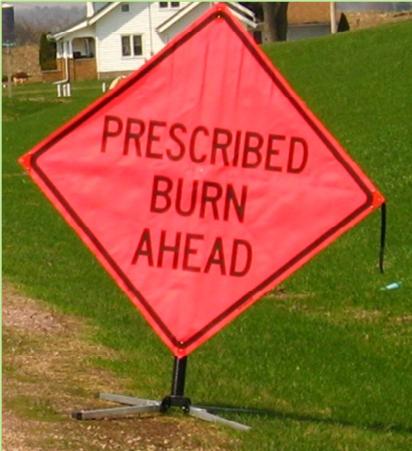
By Ralph Sheffer, Fire Operations Specialist, WI DNR Conducting a prescribed fire requires training and experience. Private contractors are available to conduct a burn on your…

Every prescribed fire has three types of behavior: flank, head, and back fire. Each is determined by the fire’s position relative to sources of unburned…

By Mike Finlay, Richland County Forester There are two important considerations when seeding temporary roads. 1). Know approximately how much area you will seed, in acres. For…
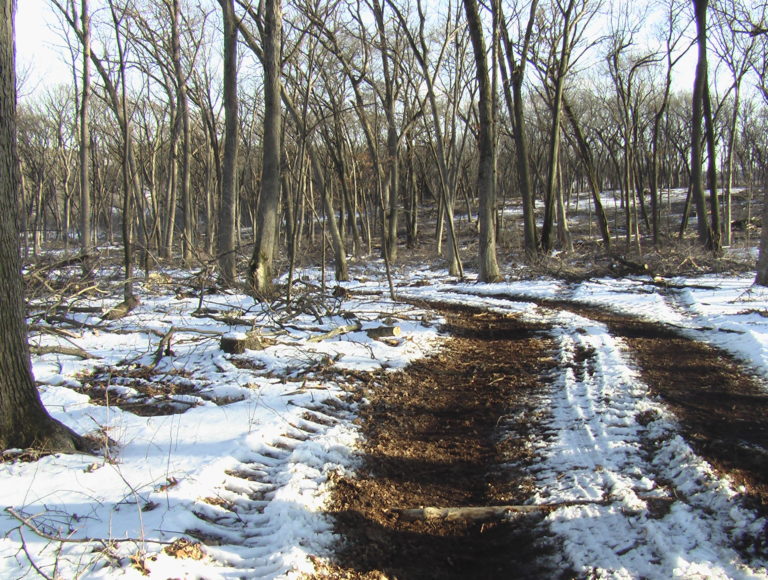
Al MacKenzie, Sauk County landowner, completed his first timber harvest a couple of weeks ago. As often done, temporary roads were designed, constructed and used…

They are Springtails! These little animals are very common and present year round. There can be as many 300 million per acre! It is only…
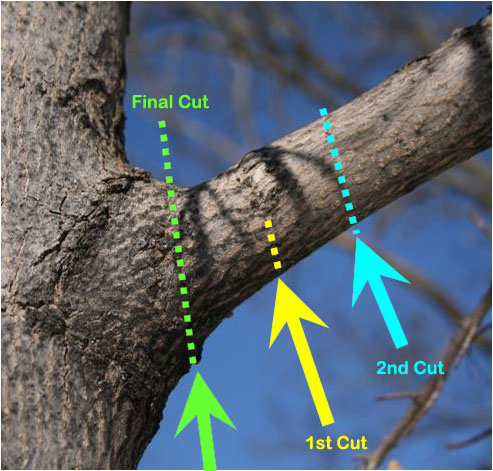
Pruning is about growing and maintaining healthy trees. Once you’ve identified the branches you want to prune, consider where and how to cut. Where to…
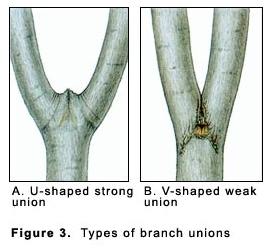
Tree experts (arborists) look for U-shaped and V-shaped branches when making pruning decisions. That’s because one is MUCH stronger than the other. Do you know which…
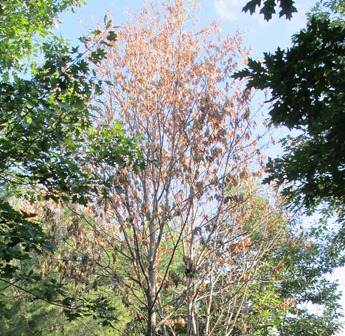
“Late winter is the ideal time to prune most trees,” says Patti Nagai, UW-Extension Horticulture Educator. “It’s a time when insects and disease are not…

Written by Pat Murphy, Former Tree Nursery Team Leader, WI-DNR Planting trees is a lot like gardening. Follow the “Four P’s” to reap the rewards of beauty,…
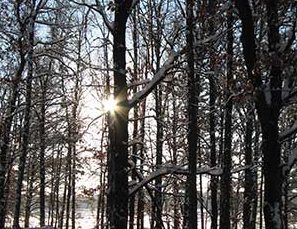
The famous saying, ‘Not seeing the forest for the trees’ reminds us we lose the big picture (forest) because of the details (trees). This figure…
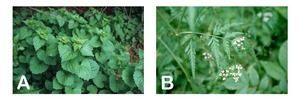
“Your shoes better be clean!” Growing up, this may have been yelled to you as you ran into the house for dinner. Now, you need…
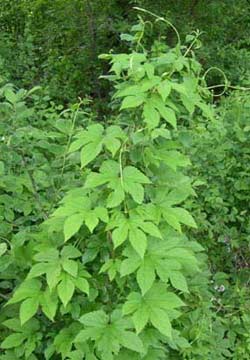
What is Japanese hops? This fast growing vine can grow over 35′ in one year! Its stems are light green to reddish and covered with rough…
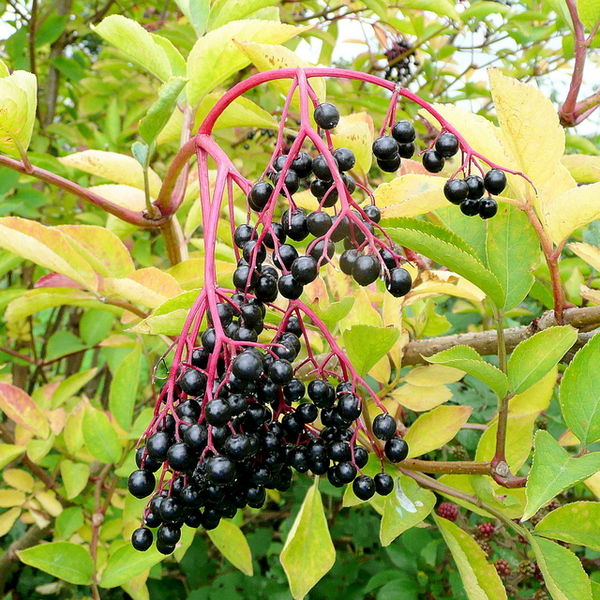
Don’t be intimidated by a complicated name! Agroforestry is easier than you might think. Mike Breckel, a Vernon County landowner, has implemented it on his…